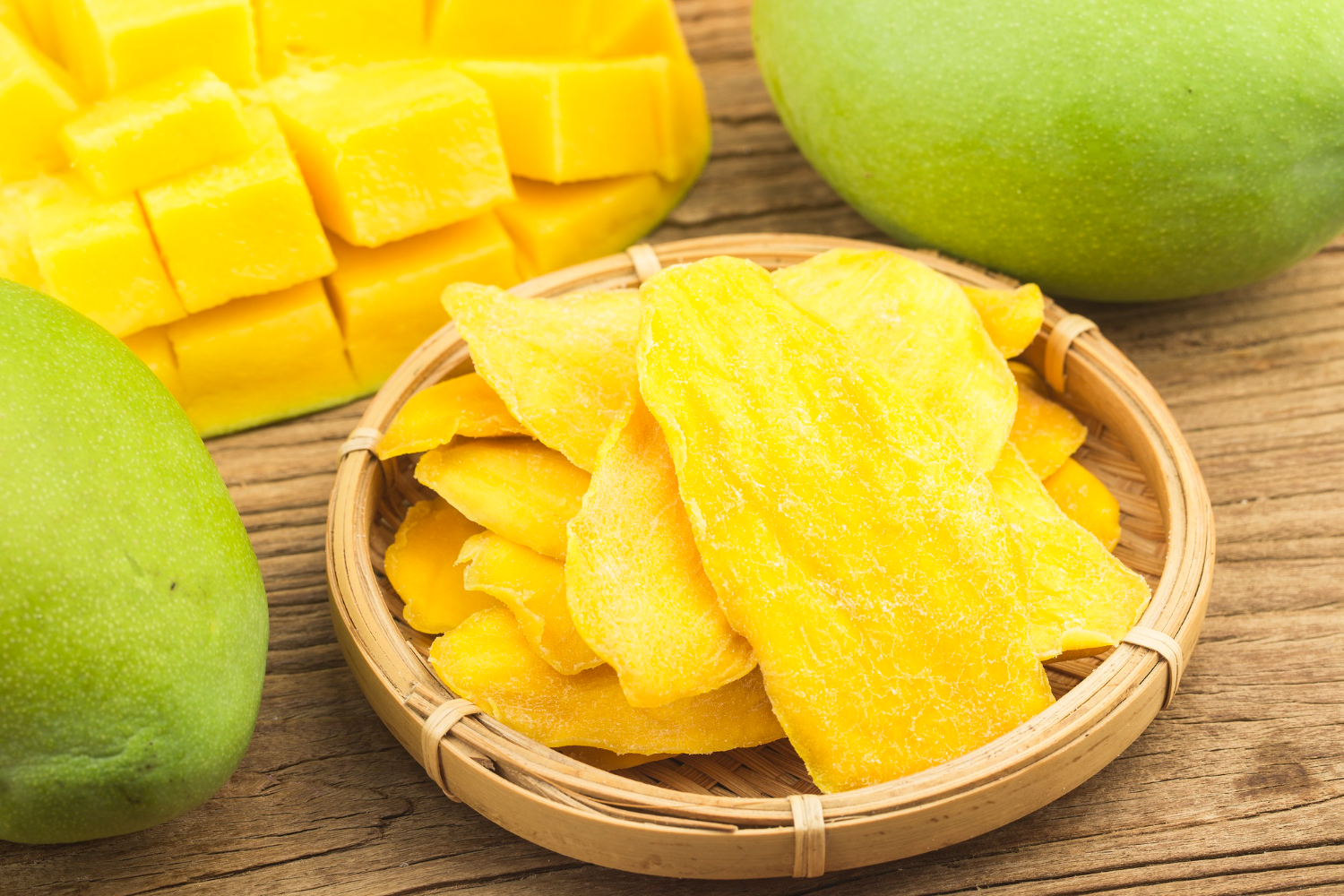Mango processing involves transforming fresh mangoes into various processed products, such as mango pulp, mango puree, mango juice, dried mango slices, mango jams, and mango chutneys. Here are the general steps involved in mango processing:

Step
- Harvesting: Mangoes should be harvested when they are fully ripe but still firm. This ensures the best flavor and quality for processing.
- Washing and Sorting: The harvested mangoes are washed to remove any dirt or debris. They are then sorted based on their size, color, and ripeness.
- Peeling and Deseeding: Mangoes can be peeled manually using a knife or peeler. Once peeled, the mangoes are cut into halves, and the seeds are removed. Automated machinery can also be used for peeling and deseeding.
- Cutting and Slicing: Depending on the desired product, the mangoes are cut into slices or diced into smaller pieces. The slices or pieces should be of uniform size for consistent processing.
- Processing Method:
- Mango Pulp/Puree: The mango slices or pieces are blended or pureed to create a smooth pulp. This pulp can be further processed by adding sugar and citric acid to enhance flavor and preserve the product. The pulp can be packed in aseptic bags or frozen for future use.
- Dried Mangoes: The mango slices are dried using methods such as sun drying or dehydrators. The drying process removes the moisture from the mangoes, resulting in chewy or crispy dried mangoes.
- Mango Juice: The mango pulp or puree is strained to remove any fibers or solids. The extracted juice is then pasteurized to extend its shelf life. It can be further processed by adding preservatives, sweeteners, or other fruit juices.
- Mango Jam/Chutney: The mango pulp is cooked with sugar, spices, and other ingredients to make a thick jam or chutney. The mixture is simmered until it reaches the desired consistency and then packaged in jars.
- Packaging: The processed mango products are packaged in appropriate containers such as cans, bottles, jars, or pouches. Proper labeling and sealing are done to ensure product safety and quality.
- Storage and Distribution: The processed mango products are stored in a cool and dry place to maintain their quality. They are then distributed to retailers, supermarkets, or exported to different markets.
Source of information : https://chat.openai.com/
